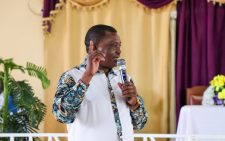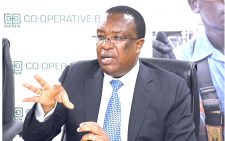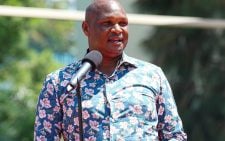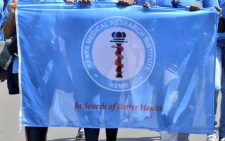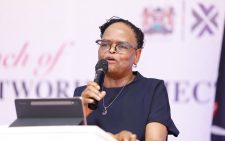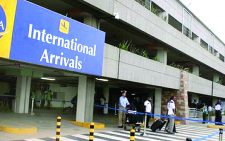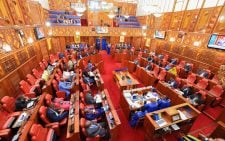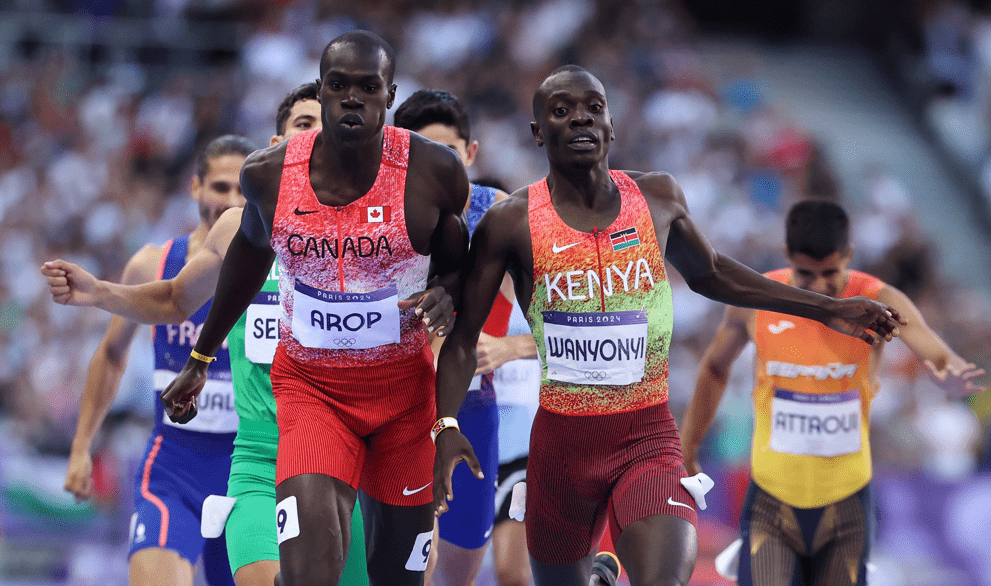States gear up for loss and damage fund
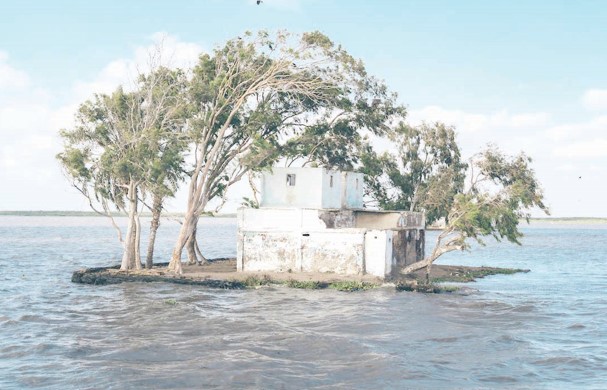
Two years ago, when African countries took their case to the United Nations Convention on Climate Change (COP28) in Dubai, UAE, they had six priorities they wanted the annual global climate summit to address.
First was the contentious issue of climate finance, which intensified at COP29 in Baku, Azerbaijan and will again feature at COP30 in Belém, Brazil. Climate finance encompasses financial resources, both public and private, used to support actions addressing climate change, including mitigation and adaptation efforts.
COP29 was acrimonious as developed countries in Baku avoided discussing finance, international cooperation and adaptation to climate impacts in the context of a just transition from fossil fuels. A fractious $300 billion a year by 2035 climate finance deal for developing countries was only reached after tense negotiations. The second priority for African nations at COP28 was the Global Stocktake of climate action and the third was the operationalisation of of the Loss and Damage Fund after nations agreed to its creation at the climate summit (COP27) in Sharm Ele Sheikh, Egypt after years of resistance from rich polluting nations.
Although they are the least contributors to global warming, climate-vulnerable developing nations experience most of climate impacts first-hand, enduring devastating consequences such as prolonged droughts and ravaging floods, often with limited resources to respond and adapt.
The global stocktake highlighted significant levels of climate finance vulnerable nations need but does not speak to making up shortfalls for the multi-billion dollar goal set in the Paris Agreement. Africa’s fifth and sixth priorities at COP28 related to a just energy transition and the continent’s quest to be granted the special needs and circumstances status.
COP28 marked important progress with the establishment of the loss and damage fund and the global stocktake of climate action. However, these efforts fell short of delivering a forward-looking, sustainable plan toward the specific needs of developing economies.
It took strong negotiations and intense lobbying for the Loss and Damage Fund to be finally operationalised at last year’s climate summit in Baku. This week, the board of the new Fund for Responding to Loss and Damage (FRLD) caused by climate change held its fifth meeting in Bridgetown, Barbados.
The FRLD board debated a proposal by the Manila- based secretariat to first focus on helping governments (rather than local communities) deal with the aftermath of climate-driven disasters like floods and droughts.
The secretariat recommends that the FRLD’s 2025-2026 start-up phase should prioritise government support and only later give small grants to communities – something activists have called for – and pay for insurance, according to Joe Lo, news editor of the authoritative UK-based Climate Home News.
Impact of wildfires
The secretariat aims to launch the fund’s start-up phase by the fourth quarter of 2025, with the first allocations of money for countries likely to be handed out in 2026. The FLRD will help low-income countries pay for the damage caused by climate-related natural disasters.
Early activities of the fund led by Senegalese-American banker Ibrahima Cheikh Diong will consider “programmatic approaches for long-term needs”, “readiness support for country-led approaches” and “rapid disbursement via direct budget support” – all ways to help governments tackle loss and damage by preparing and bolstering their national systems.
Loss and damage refer to harms wrought by extreme weather events – homes wiped out by tropical cyclones for example, decimated crop yields following drought, or infrastructure torched by wildfires – or slow-onset events, like rising sea levels.
It is understood to cover unavoidable damages, which happen in spite of efforts to adapt to increasingly erratic climate across the globe.
These damages carry clear economic burdens, but there is an argument to be made for non-economic losses too, such as trauma experienced by hurricane survivors or the mental health impact of mass displacement.Loss and damage might also include physical health impacts.
Heat stress is the leading cause of mortality linked to extreme weather, claiming around 489,000 lives on average each year. Severe flooding, meanwhile carries the risk of deadly water-borne diseases. In Pakistan, the 2022 floods decimated much of the country’s water systems, leaving over 5.4 million people reliant on contaminated floodwater for drinking.
African countries and the wider developing countries community continue to seek for more “adequate and predictable finance” to tackle the climate crises confronting them. Studies by the Addis-Ababa-based African Climate Policy Centre (ACPC) indicate “the increasing frequency and severity of climate change impacts, resulting in disproportionate effects on African economies and societies, with countries estimated to be losing on average 2-5 percent of GDP, and many countries diverting up to 9 percent of their budgets into unplanned expenditures on responses to extreme weather events”.
Climate Home News reports that Harjeet Singh, founding director of the India-based Satat Samada Climate Foundation, has welcomed the FRLD secretariat’s three priority areas, saying they align with the developing countries’ demands.
But he criticised the deferral of “critical” small grants for local people. “Delaying the operationalisation of small grants, as advocated by civil society, sidelines frontline communities who are already bearing the brunt of climate impacts. Their inclusion cannot be postponed.
“The board must recognise advancing climate justice requires frontline communities not only to be supported, but meaningfully empowered as key actors in both immediate and long-term responses to loss and damage,” he argued.
However, the recommendation for the FRLD’s 2025-2026 start-up phase to priotitise government support through programmatic approaches makes sense. Programmatic approaches are broader, long-term partnerships with a government that address complex, systemic issues rather than project-based funding, which is usually short-term and deals with a single situation.
Readiness support means improving governments’ abilities to respond to climate impacts. The FLRD’s proposal gives examples like conducting risk assessments, setting up early warning systems for extreme weather, making schools and hospitals more resilient to climate change and educating people on slow-developing climate threats like sea-level rise.
Direct budget support is sending money to governments after a climate disaster to fund their response, which they can spend how they choose. The FRLF says the money could be used for temporary housing for displaced people, cash-for-work schemes and reconnecting power supplies, water and sanitation.
The secretariat proposes that small grants for community-led initiatives may be considered towards the end of the two-year start-up period, when the capacity of the secretariat – whose executive directors was only elected in September – has expanded.
Governments have agreed that small island developing states and the world’s least developed countries, of which 33 are in Africa, should get a minimum share of the fund’s resources, with donor pledges currently standing at less than $800 million.
